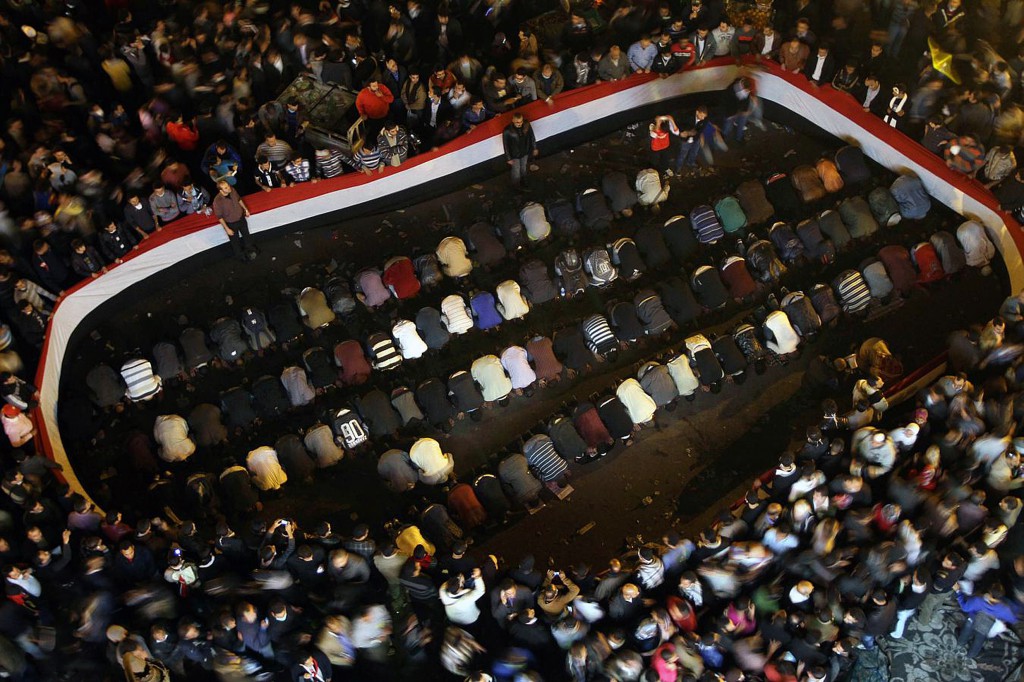by Maysa Ayoub
Center for Migration and Refugee Studies, American University in Cairo
The seminar provided me with an opportunity to revisit critical theory. My work throughout my Masters degree study was especially influenced by the critical approach, particularly by the work of Anthony Giddens and “Structuration” theory. My MA thesis on the processes in the development of a squatter area in Cairo applied the concept of “everyday forms of resistance.” The thesis studied the different strategies adopted by the government in the process of upgrading squatter areas, arguing that top-down approaches that ignore the perception of the targeted population tend to create resistance on behalf of that population that negatively affects the project itself. In recent years, however, my work on refugees, which is mostly qualitative, had shifted my theoretical interest to social constructivism. The seminar not only offered me a chance to refresh my mind on the critical theory approach to understanding the processes and effects of domination and their resistances but also offered me an opportunity to think about how the two approaches might be employed together to fruitful purposes. The opportunity provided by the seminar’s discussions and debates, particularly from the viewpoint of the many anthropologists, refined my understanding of how to apply critical theory to research on refugees, minorities, and the marginalized. One lesson I’ve learned is that it is necessary to find ways to get over the fear that social constructivism imposes the researcher’s view. Knowledge can be produced and applied to impact policy without claiming that it is the only knowledge regarding the object of analysis at hand.
I am currently working on a paper exploring ways migrants in Cairo attempt to share the street with local poor Cairenes. As in other cities in the world, selling in the street is a practice prohibited in Cairo. Despite that, when walking through the streets of Cairo one is surprised by the presence of large number of street vendors. Through an ongoing process of curbing on the part of authorities and resisting on the part of the street vendors, poor Cairenes were able to assert their “right to the city.” Previous research on migrants and refugees indicated that selling in the informal market is reported as the most common economic activity. Through analyzing the use of public space by migrant/refugee street vendors in Cairo, my paper aims to understand the extent of the migrants’ ability to have a space and to assert their right to such space. The paper also aims to evaluate how their interaction with both the locals and the authorities can have an impact on shaping public space. During the seminar, the enriching analysis provided by presentations on spaces of resistance, negotiating such spaces, and on ontologies of resistance, among others, opened my eyes regarding how to provide theoretical grounding to my own work and research interests. The opportunity provided by the seminar’s discussions and debates gave me priceless ideas about how to evaluate the different forms of survival strategies deployed by the migrants that can impact their lives and the public space in which they operate.
The seminar was also very useful in making sense of the changes sweeping through the Arab world. Despite the fact that I had the privilege to experience “Tahrir” as a space of resistance and transformation, being part of the Tahrir uprising never allowed me to actually conceive it as a space of resistance. “Tahrir” for me was merely a “place” where Egyptians gathered to voice their concerns. The intensity of discussion on and around “Tahrir,” other spaces of resistance, and other forms of resistance allowed me to broaden my conception of “Tahrir” from merely a place to a “space” that provides a way of understanding. The intervention I provided on the last day on “Tahrir” was an outcome of the process of listening, thinking, and conceptualizing that was offered by the seminar.
Photo: Protesters praying in Cairo, Egypt.

